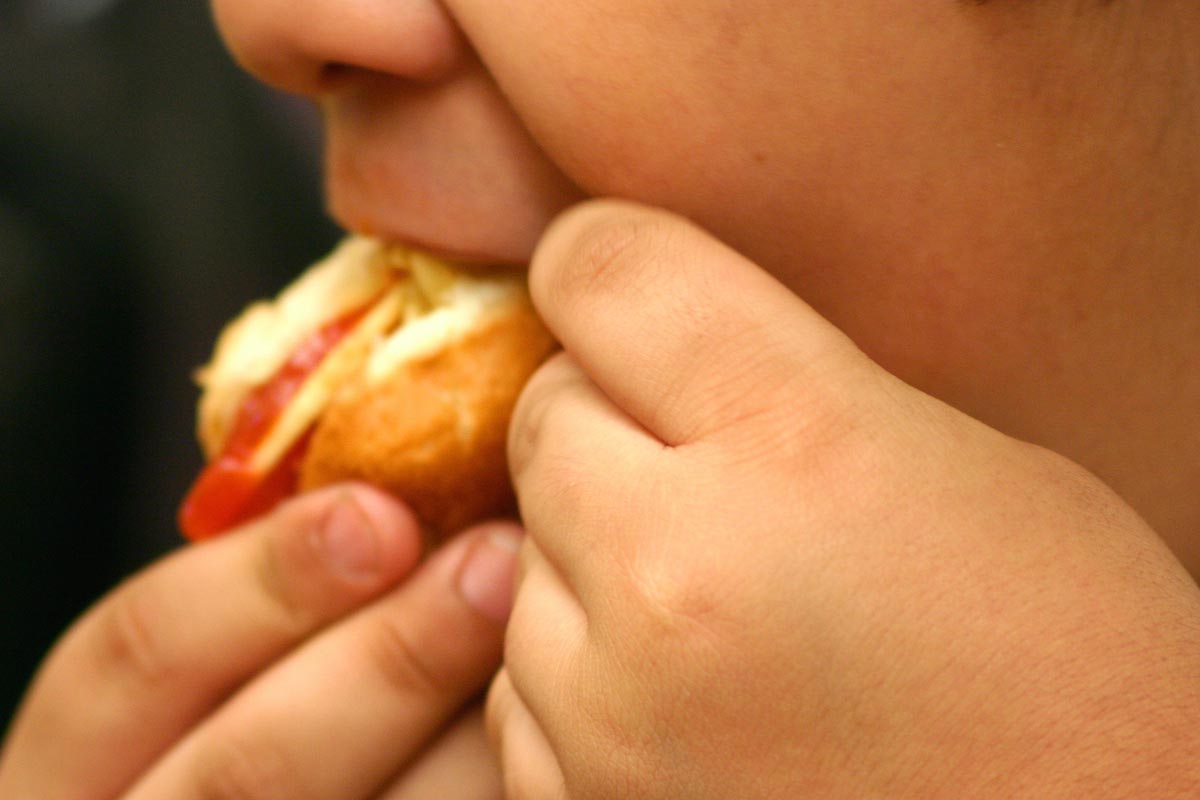99% of U.S. preschool children don’t get enough physical activity, scientists warn
09/06/2017 / By Russel Davis

A recent study revealed that more than 99 percent of preschoolers in the U.S. do not get adequate exercise. The study also showed that one in five preschool children do not eat enough fruits and vegetables. The same number of children were found to spend too much screen time, the researchers added.
As part of the study, a team of researchers at the Cincinnati Children’s Hospital Medical Center observed 400 preschoolers for 24 hours to see if they follow the federal government’s recommended 5-2-1-0 rules.
The rule implies that children should eat at least five servings of fruits and vegetables, spend less than two hours looking at screens, exercise for at least an hour, and avoid consuming sugary beverages. The rule was established by the Maine Youth Overweight Collaborative obesity prevention program.
The research team found that less than one percent of children were able to get enough exercise. The experts also observed that 17 percent of children did not consume enough fruits and vegetables. In addition, 19 percent of children were found to have spent more than two hours looking at screens.
According to the health experts, the habits that the preschoolers formed have already rendered them susceptible to many medical complications. In fact, the scientists observed that a fourth of children had a body mass index that readily classified them as overweight.
The results demonstrate the worsening childhood obesity rates in the U.S. and underscore the importance of policies that help the epidemic across the country, the researchers said.
100% organic essential oil sets now available for your home and personal care, including Rosemary, Oregano, Eucalyptus, Tea Tree, Clary Sage and more, all 100% organic and laboratory tested for safety. A multitude of uses, from stress reduction to topical first aid. See the complete listing here, and help support this news site.
“There is ample room for improvement in preschool-age[d] children’s dietary intake, physical activity and screen time. Preschool children who are overweight or obese have four-fold odds of being overweight or obese as adults. Preventing obesity is critical to averting obesity-associated diseases, such as metabolic syndrome, type-2 diabetes, hypertension, and cardiovascular abnormalities,” study author Dr Amrik Singh Khalsa told Daily Mail online.
U.S. childhood obesity by the numbers
According to the Centers for Disease Control and Prevention (CDC), nearly 13 million American children and teens are currently obese. The federal agency also noted that the childhood obesity rate in the U.S. was 17 percent between 2011 and 2014.
Hispanic children exhibited higher obesity rates compared with the national average at nearly 22 percent. In addition, about nine percent of children aged two to five were obese, as well as 17.5 percent of children aged six to 11.
The CDC cautioned that obese children were at an increased risk of developing various chronic diseases such as asthma, sleep apnea, and bone and joint problems as well as type-2 diabetes and cardiovascular diseases. Childhood obesity may also carry over in adulthood and may greatly impact health in the long run. (Related: Childhood obesity is gateway to many other chronic diseases.)
Likewise, the health agency warned that obesity may result in psychological trauma among children. According to the CDC, obese children were more likely to be teased and bullied compared with their slimmer counterparts. Obese children were also more susceptible to social isolation, low self esteem, and depression, the agency stated.
Tailored programs may address excess weight in children
While childhood obesity remains to be a public health challenge, a 2010 study revealed that pairing obese children with healthier young adults may help stem the epidemic.
As part of the study, the researchers paired overweight children with a healthier mentors whose jobs were to encourage their younger partners to follow a healthier lifestyle.
“The mentors were not just talking to them. In every session they had food, and they often made the food together in the child’s home. The mentors took the children to the corner store or to a nearby fast-food restaurant to learn about healthy choices. They visited the skating rink or went hiking in a state park to learn the importance of being physically active,” study lead author Dr. Maureen M. Black said in a Science Daily article.
According to the researchers, obesity rates among enrolled children dropped by five percent after two years, but increased 11 percent in the control group. Children enrolled in the program also displayed better food choices and were more physically active compared with the controls.
Sources include:
Tagged Under: childhood obesity, diabetes, heart disease, obesity, obesity epidemic, overweight, preschool children




















